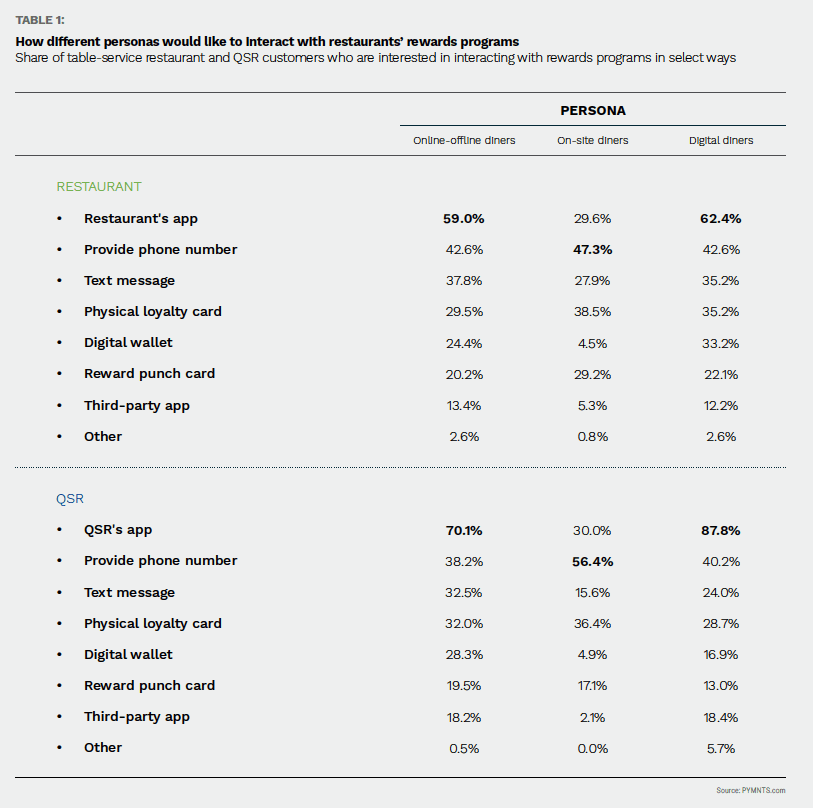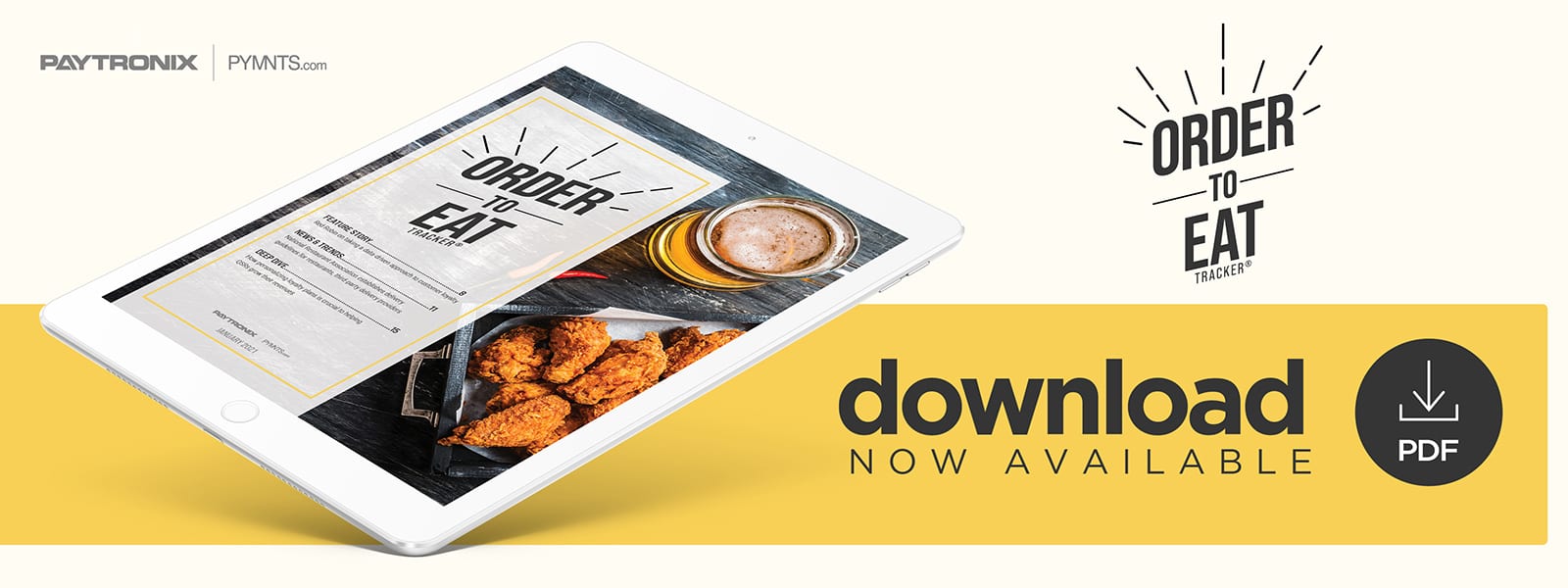Deep Dive: How Rewards Programs Can Fuel Customer Spending
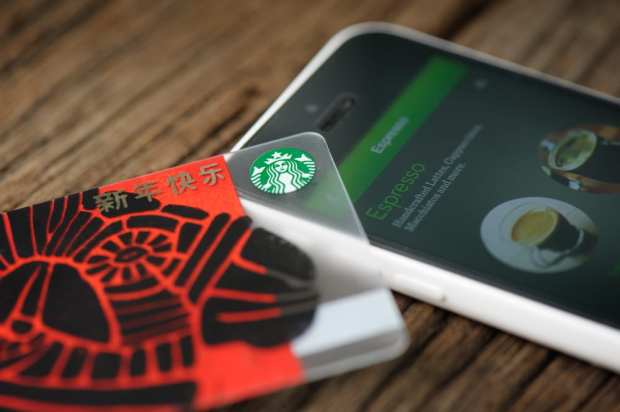
Starbucks has a winning recipe when it comes to taking care of its customers. The Seattle-based coffee giant’s loyalty program has 19 million active members that account for 48 percent of its annual revenue.
Its users earn “stars” that can be traded for free drinks, food and merchandise. One of the most popular features for its loyalty members is a free brewed coffee refill. The coffee giant has built a loyal customer base over the course of 13 years, leveraging data it gathers from its customers’ ordering and payments preferences.
Other restaurant chains, such as Burger King, Subway and Wendy’s, have followed Starbucks’ lead, putting their loyalty programs front and center of their sales strategies. Recent research highlighted in the December issue of the Delivering On Restaurant Rewards report, which is based on a survey of 2,123 U.S. consumers, helps explain why. The report found that 39 percent of consumers say loyalty and rewards programs encourage them to make restaurant purchases.
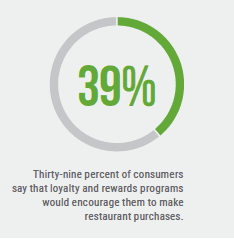
Advanced learning technologies, such as artificial intelligence (AI), can enhance loyalty programs and help quick-service restaurants (QSRs) keep customers engaged and returning for more. AI can swiftly assess customer data and offer QSRs actionable insights that help them tailor their offerings to customers’ desires and deliver hyperpersonalized customer experiences.
Customized Rewards Are Key To More Sales
Simply offering a loyalty program alone may not be sufficient enough to drive sales, however. Winning customer loyalty in today’s environment hinges on offering loyalty rewards experiences that are tailored to customers’ precise wants and needs, their order preferences and their channel preferences.
Seventy percent of QSR patrons who use both online and offline channels to place their orders prefer using QSRs’ mobile apps to access reward programs, whereas only 57 percent of full-service restaurant patrons prefer using mobile apps to access rewards. The report also found that 62 percent of digital diners — those who exclusively place orders online — prefer accessing rewards through a mobile app when ordering from a full-service restaurant. This is also true for 88 percent of digital diners who order from QSR chains.
One other popular way of accessing rewards is through phone numbers, especially among on-site diners. PYMNTS’ research shows that 47 percent of on-site diners at full-service restaurants and 56 percent of QSR patrons prefer accessing loyalty rewards in this manner.
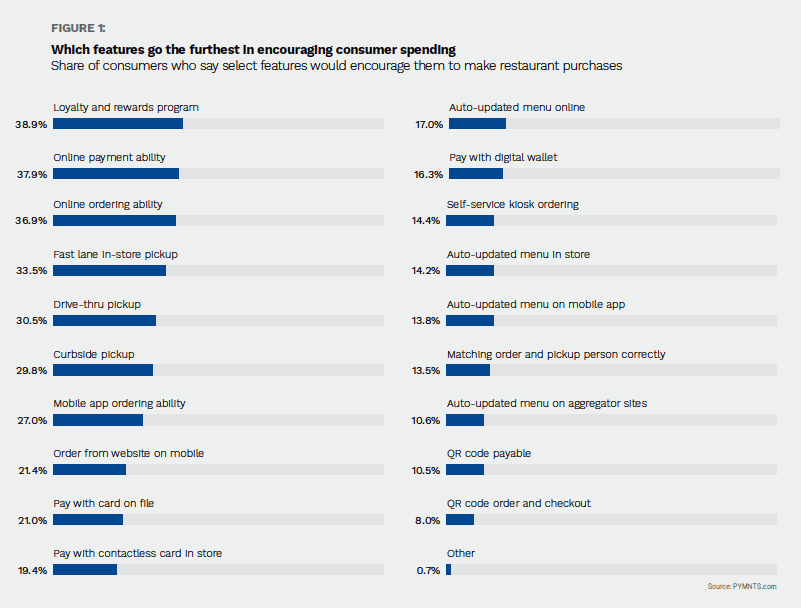
Text messages, digital wallets and even old-fashioned physical cards are some of the other ways consumers prefer accessing loyalty rewards. A relatively small but still significant share of consumers also want to be able to access them when ordering through third-party platforms, such as Grubhub and Uber Eats.
The diversity in consumer preferences for accessing rewards programs highlights the importance of multichannel access. Restaurants must therefore offer a variety of options if they want to meet their customers’ expectations, regardless of whether they are a QSR or dine-in establishment.
